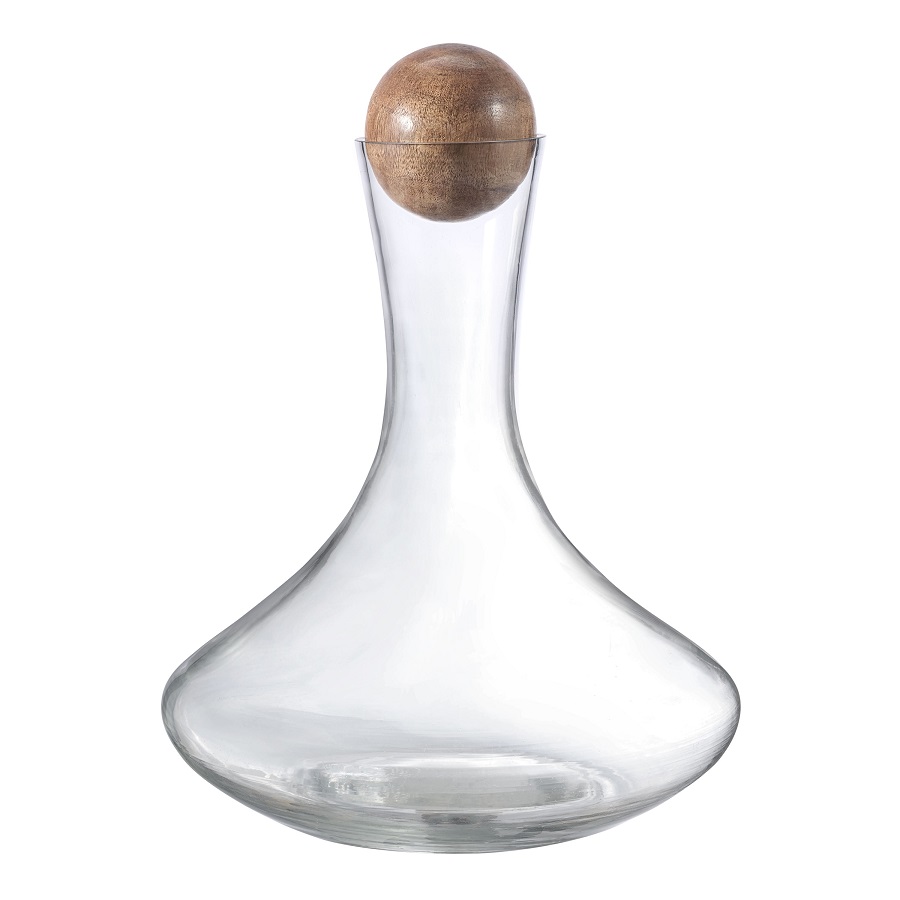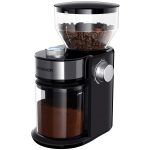Decanting wine is more than just pouring it from one vessel to another; it’s an art form that enhances the overall drinking experience. By understanding the process, benefits, and techniques of decanting, wine enthusiasts can appreciate their favorite wines even more.
What is Decanting?
Understanding the Process
Decanting is the process of transferring wine from its bottle into another container, typically a decanter. This practice serves two primary purposes: to separate the wine from any sediment that may have formed during aging and to aerate the wine, allowing it to breathe. When wine is bottled, particularly older vintages, sediments can settle at the bottom. Pouring the wine carefully into a decanter prevents these solids from mixing back into the wine, preserving its clarity and taste.
The Purpose Behind Decanting
In addition to removing sediment, decanting also serves to introduce oxygen to the wine. This oxygenation process can enhance the wine’s aromas and flavors, making it more vibrant. Some wines, especially young reds, can benefit significantly from exposure to air. When poured into a decanter, the increased surface area allows the wine to interact with oxygen more readily, softening tannins and unlocking complex aromas. Understanding these two fundamental aspects of decanting sets the stage for a richer wine experience.
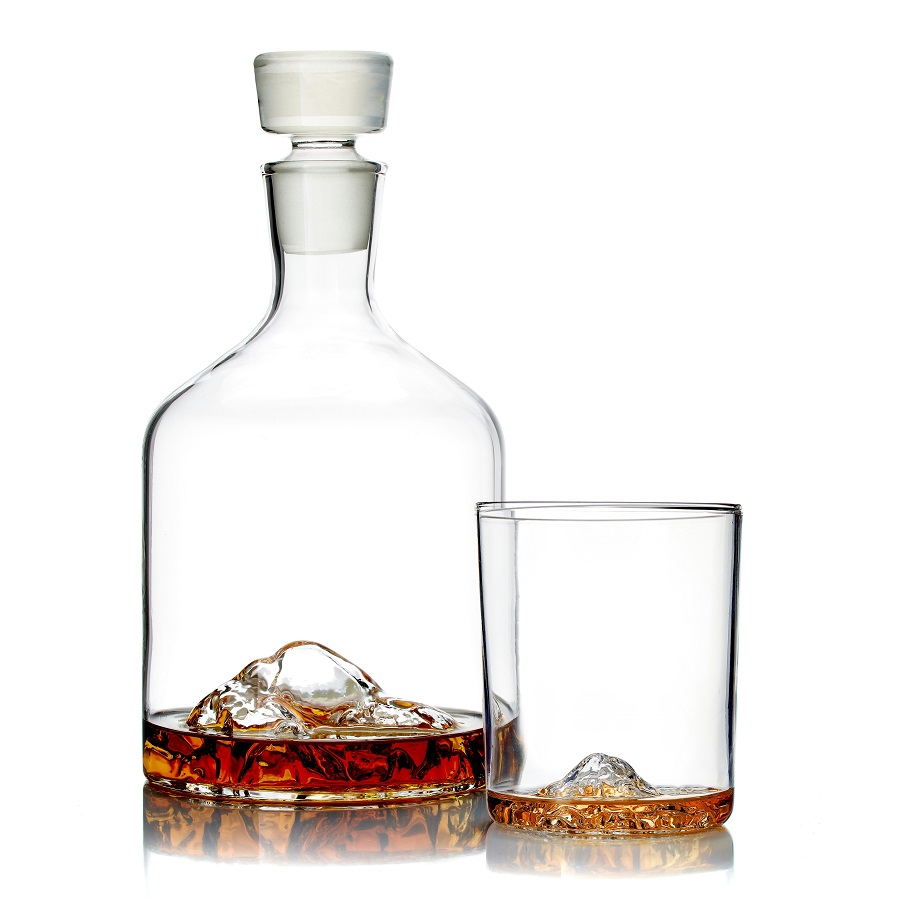
When to Decant Wine
Identifying the Right Wines for Decanting
Not all wines require decanting, and knowing when to do it is crucial for maximizing your enjoyment. Generally, young red wines and full-bodied whites are good candidates for decanting. Young reds, particularly those with high tannin levels, can be quite astringent. Decanting these wines can help soften their profiles, making them more palatable. On the other hand, older wines, especially delicate ones, may only need a brief decanting to remove sediment without losing their intricate flavors.
Special Cases: Whites and Sparkling Wines
While red wines are commonly associated with decanting, some white wines can also benefit from the process. Full-bodied whites, such as oaked Chardonnays, can become more expressive when decanted. Conversely, sparkling wines generally should not be decanted, as the carbonation is a vital aspect of their appeal. Instead, sparkling wines are best served directly from the bottle to preserve their effervescence. Understanding the nuances of which wines to decant can help elevate your overall wine tasting experience.
The Benefits of Decanting
Enhancing Aroma and Flavor
One of the most significant benefits of decanting is its ability to enhance a wine’s aroma and flavor profile. By exposing the wine to air, you encourage the release of volatile compounds that contribute to its bouquet. As the wine breathes, you may notice new layers of scent and taste emerging, enriching your experience. This is particularly important for young wines, which may initially present a closed-off profile that opens up beautifully after decanting.
Improving Clarity and Presentation
In addition to enhancing the flavor, decanting also improves the wine’s clarity and presentation. Pouring wine into a beautiful decanter can elevate the aesthetic appeal of your wine service, creating a more inviting atmosphere. A well-chosen decanter can also serve as a conversation starter at gatherings, inviting guests to discuss the wine’s origins, style, and nuances. The combination of improved clarity and elegant presentation makes decanting an essential step for those looking to create a memorable wine experience.

How to Decant Wine
Step-by-Step Decanting Process
Decanting wine can be a straightforward process, but it’s essential to follow the right steps to maximize the benefits. Begin by selecting a clean decanter and ensuring that it is free of any odors or residues. Next, carefully remove the cork from the bottle, taking care not to disturb any sediment that may have settled at the bottom. Pour the wine slowly and steadily into the decanter, holding the bottle at an angle to minimize splashing. If you notice sediment nearing the neck of the bottle, stop pouring and leave the remaining wine in the bottle.
Tips for Effective Decanting
While the basic process is simple, there are a few tips to enhance your decanting technique. Consider using a decanting funnel, which can help guide the wine into the decanter without splashing. This is particularly useful for older wines that may have more sediment. Additionally, allow the wine to sit in the decanter for a while before serving, giving it ample time to aerate. A general rule of thumb is to decant red wines for at least 30 minutes to an hour, while white wines may need just 15 to 30 minutes. Following these tips will ensure that your wine is presented at its best.
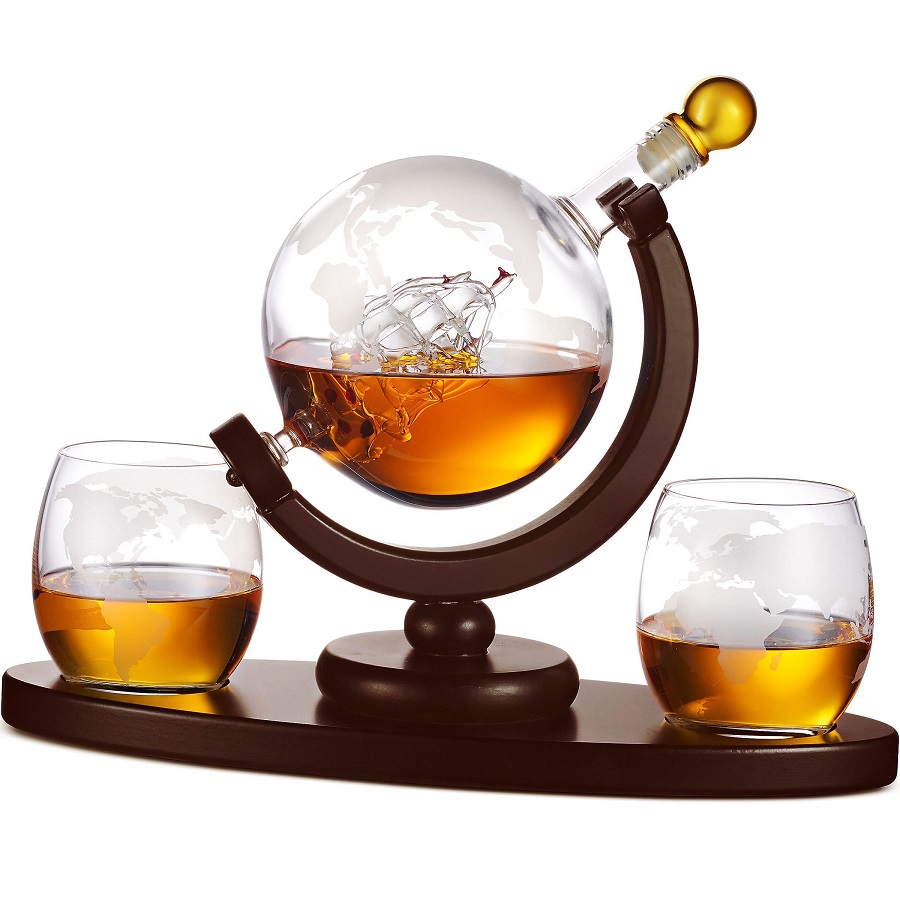
Choosing the Right Decanter
Different Styles and Materials
Selecting the right decanter can enhance both the function and aesthetic of your wine service. Decanters come in various shapes, sizes, and materials, each offering unique benefits. Traditional crystal decanters are popular for their beauty and ability to refract light, creating a stunning visual display. However, glass decanters are also excellent options, often more affordable while still providing the necessary functionality.
Functionality vs. Aesthetics
When choosing a decanter, consider the balance between functionality and aesthetics. While a beautifully designed decanter can be a centerpiece at your table, it should also facilitate the decanting process. Look for decanters with wide bases that allow for maximum aeration and narrow necks to reduce spillage. Additionally, some decanters are designed specifically for certain types of wine, so take the time to choose one that complements your collection.
Common Decanting Mistakes
Over-Decanting
One of the most common mistakes when decanting wine is over-decanting. While aeration is beneficial, leaving wine in the decanter for too long can lead to oxidation, diminishing its flavors and aromas. Each wine has its optimal decanting time, and finding this balance is essential for preserving the wine’s integrity. For younger reds, 30 minutes to an hour is generally sufficient, while older wines may require only a brief decanting.
Neglecting Temperature
Another mistake to avoid is neglecting the temperature of the wine during the decanting process. Serving wine at the correct temperature is crucial for enjoying its full range of flavors. If a wine is too warm, it can taste overly alcoholic, while a wine that is too cold may suppress its aromas. Ensure that you are decanting your wine at the appropriate temperature for its type. Generally, red wines should be served slightly below room temperature, while white wines should be chilled.
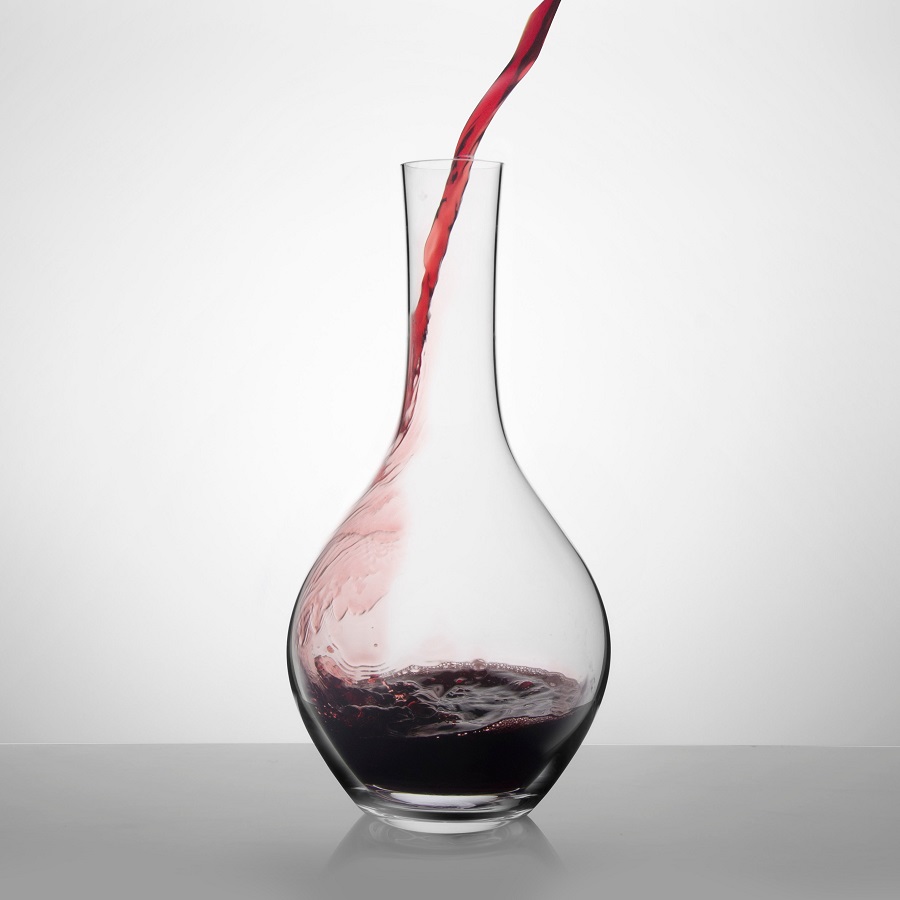
The Experience of Decanting
Engaging the Senses
Decanting wine is not just a practical task; it is an experience that engages the senses. The sight of a deep red wine flowing into a crystal decanter, the sound of the liquid pouring, and the aroma of the wine wafting into the air all contribute to a multi-sensory experience. Engaging these senses can heighten your appreciation of the wine and create a memorable occasion for you and your guests.
Making It a Social Activity
Decanting can also be a social activity, bringing people together to share in the experience. Involving friends or family in the process can lead to discussions about the wine’s characteristics and the nuances of the decanting process itself. This communal aspect adds an extra layer of enjoyment, turning what might be a solitary task into an opportunity for connection and conversation. By making decanting a shared experience, you enhance not only the wine but also the relationships surrounding it.
Exploring Different Decanter Shapes
Impact of Shape on Aeration
The shape of a decanter can significantly influence the aeration process. Wide-bottom decanters provide more surface area for the wine to interact with air, promoting faster aeration. This is particularly beneficial for robust red wines that need ample exposure to soften their tannins. In contrast, slender decanters may limit aeration but are often more visually appealing. Understanding the aeration capabilities of various shapes can help you choose the best decanter for your specific wine type and desired outcomes.
Aesthetic Appeal: Choosing a Decanter for Your Home
Beyond functionality, a decanter serves as a decorative piece that can enhance your dining experience. Selecting a decanter that complements your table setting or personal style adds an element of sophistication to wine service. Consider choosing a decanter that reflects your taste—whether it’s modern, vintage, or artistic. A well-chosen decanter can serve as a conversation starter and elevate the overall ambiance of your gatherings.
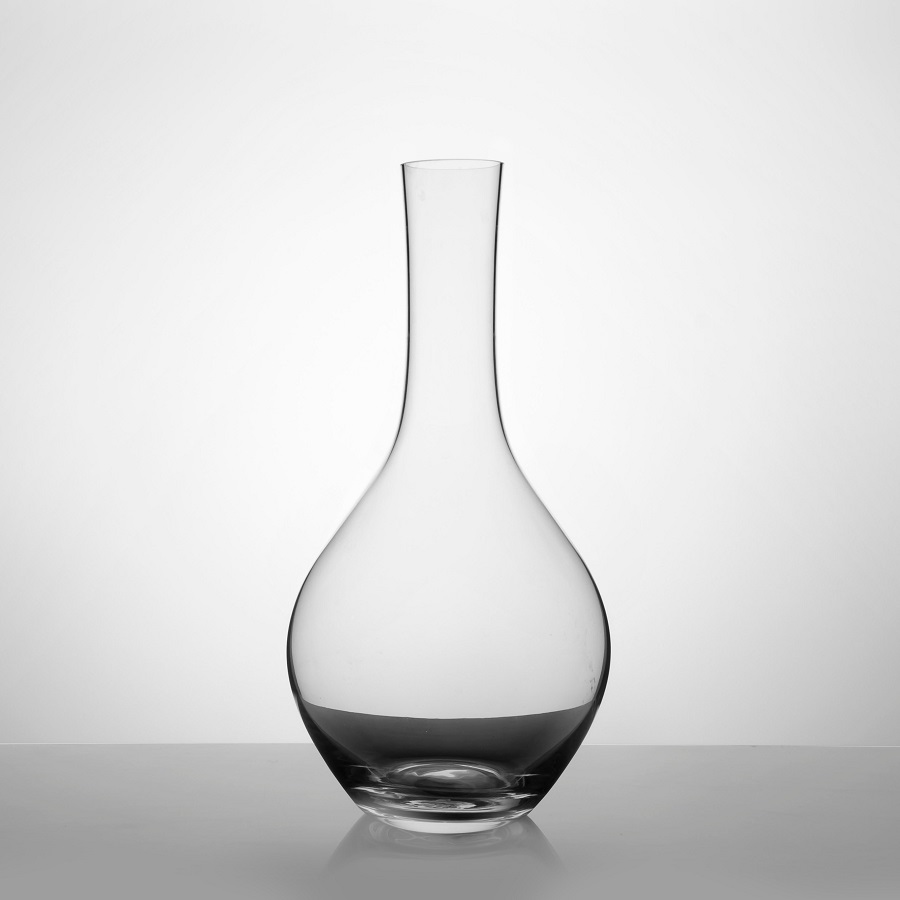
Conclusion: Elevating Your Wine Experience
The art of decanting is a skill that can elevate your wine experience significantly. By understanding when and how to decant, the benefits it offers, and the common pitfalls to avoid, you can enhance both the flavor and enjoyment of your wines. Whether you are a seasoned connoisseur or a casual drinker, embracing the practice of decanting can open up new dimensions of taste and appreciation. So, the next time you pour a glass, consider taking the extra step to decant—it might just transform your experience.
